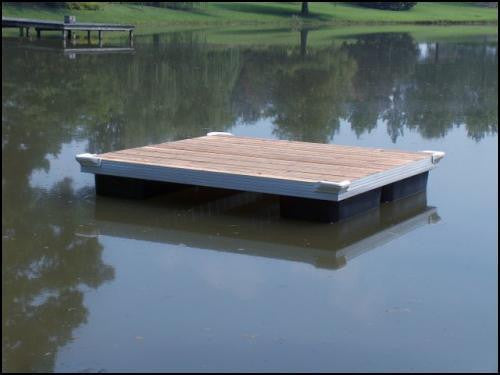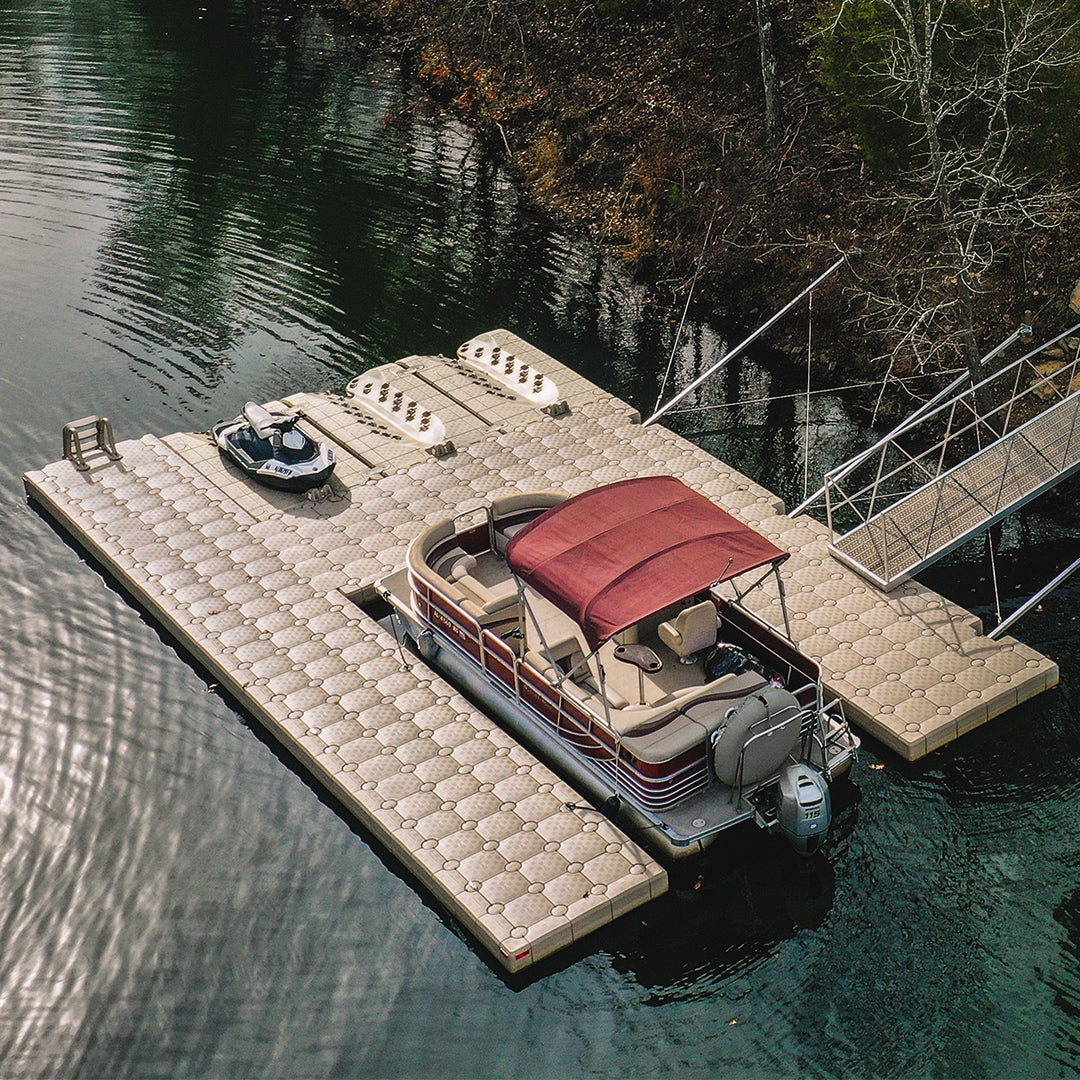Upgrade Your Waterside With Resilient Floating Docks
Updating your waterside with durable floating docks can considerably enhance both capability and looks, supplying a versatile solution for different water activities. These frameworks are developed to adapt to rising and falling water degrees, making certain safety and availability throughout the seasons. With a variety of products available, consisting of low-maintenance options and conventional wood, choosing the right dock can match your personal style and fulfill useful demands. Nevertheless, understanding the subtleties of installation and upkeep is essential for making certain longevity and efficiency. When making this investment?, what variables should you think about.
Benefits of Floating Docks
Floating docks deal a plethora of advantages that enhance their allure for different maritime applications. Unlike traditional set docks, floating docks rise and fall with the trend, guaranteeing consistent availability for boats and boat regardless of ecological conditions.
Additionally, floating docks are much easier to transfer and set up, providing adaptability for seasonal or short-term usage. Their modular layout enables for modification to fit certain demands, whether for personal marinas, residential watersides, or business applications.
Additionally, floating docks create very little disturbance to the marine environment, protecting neighborhood ecosystems and minimizing the chance of erosion. They likewise give enhanced safety and security for users, as their buoyant nature uses an extra forgiving surface than inflexible frameworks.
Furthermore, floating docks can assist in a varied series of activities, such as fishing, swimming, and entertainment boating, making them an important possession for beachfront growth. Their versatility and practicality make floating docks a favored option for a range of maritime projects.
Choosing the Right Materials
Selecting suitable materials for floating docks is vital to their longevity, efficiency, and general performance. When picking products, take into consideration variables such as ecological direct exposure, upkeep requirements, and structural stability. Usual products include wood, plastic, aluminum, and composite options, each offering distinct benefits and negative aspects.
Timber, while cosmetically pleasing, needs routine maintenance to avoid rot and decay. Pressure-treated timber can boost longevity, yet it might still catch water damage over time. Plastic floats, often made from high-density polyethylene, are immune to rust and need minimal maintenance, making them an appealing option for low-maintenance applications.
Aluminum is an additional practical choice, known for its toughness and lightweight homes. It is resistant to corrosion and can stand up to severe climate condition, although it may be much more pricey than other products. Composite products integrate the very best features of wood and plastic, offering a low-maintenance and durable choice that simulates the appearance of timber without the associated downsides.
Ultimately, the selection of material must align with the planned use, ecological factors to consider, and budget plan restraints, making sure a functional and long lasting floating dock that meets your certain needs.
Setup Refine Overview
The effective installment of a floating dock counts on careful planning and implementation, guaranteeing that it runs effectively in its designated atmosphere. The initial step includes analyzing site conditions, consisting of water deepness, shoreline functions, and dominating climate patterns, which will certainly inform the dock style and anchoring system.
Complying with the website analysis, the next phase is to prepare the floating dock elements. This consists of constructing the frame, protecting drifts, and affixing any kind of necessary hardware. It is important to make sure that all links are waterproof and robust to withstand marine conditions.
When the dock is set up, the installment procedure begins with placing the dock in the water. This can entail a crane or various other training devices, particularly for bigger frameworks. Correct placement is essential for functionality and safety.

Upkeep Tips for Longevity
Normal maintenance is floating dock builder crucial for making sure the longevity and ideal efficiency of a floating dock. To attain this, begin with regular evaluations a minimum of twice a year, concentrating on the stability of the dock's framework, including the flotation directory tools and connecting equipment. Look for indications of damage, corrosion, or wear, and resolve any problems without delay to stop more deterioration.
Cleaning up is an additional critical element of upkeep. Get rid of debris, algae, and barnacles from the dock's surface to avoid unsafe problems and keep aesthetic appeal. Utilize a light cleaning agent and a soft brush to avoid damaging the dock's materials.
Furthermore, make certain that the dock is appropriately secured and safeguarded to withstand seasonal changes in water levels and weather. Inspect the anchoring system for security and make modifications as essential.
Enhancing Your Exterior Visual
To develop an aesthetically attractive exterior room, including a drifting dock can dramatically boost the total visual of your beachfront property. Floating docks are not only functional but can also work as a striking prime focus that enhances the natural environments - dock company. Readily available in numerous materials and layouts, these docks can be personalized to match your residential property's architectural style and landscape
The enhancement of attractive components, such as integrated lighting or stylish barriers, further boosts the dock's visual allure. Take into consideration utilizing natural timber surfaces, which blend seamlessly with the setting, or choosing for modern materials like light weight aluminum or composite decking that supply a smooth, contemporary appearance.
Tactically placing planters or seating locations on or around the dock can create welcoming areas that encourage leisure and enjoyment of beachfront views. In addition, integrating colors and structures that harmonize with your landscape will certainly create a natural aesthetic throughout your outside area.

Verdict

Upgrading your waterside with sturdy floating docks can dramatically enhance both performance and visual appeals, supplying a functional service for different water tasks. Unlike traditional fixed docks, floating docks surge and loss with the tide, guaranteeing regular accessibility for boats and watercraft no matter of ecological problems.Selecting suitable materials for floating docks is essential to their longevity, performance, and general performance.As soon as the dock is assembled, the installation process starts with placing the dock in the water.In recap, floating docks offer additional hints many benefits, consisting of flexibility to water level modifications and a range of product choices.
Comments on “Floating Docks: The Smart Choice for Modern Waterside Living and Recreation”